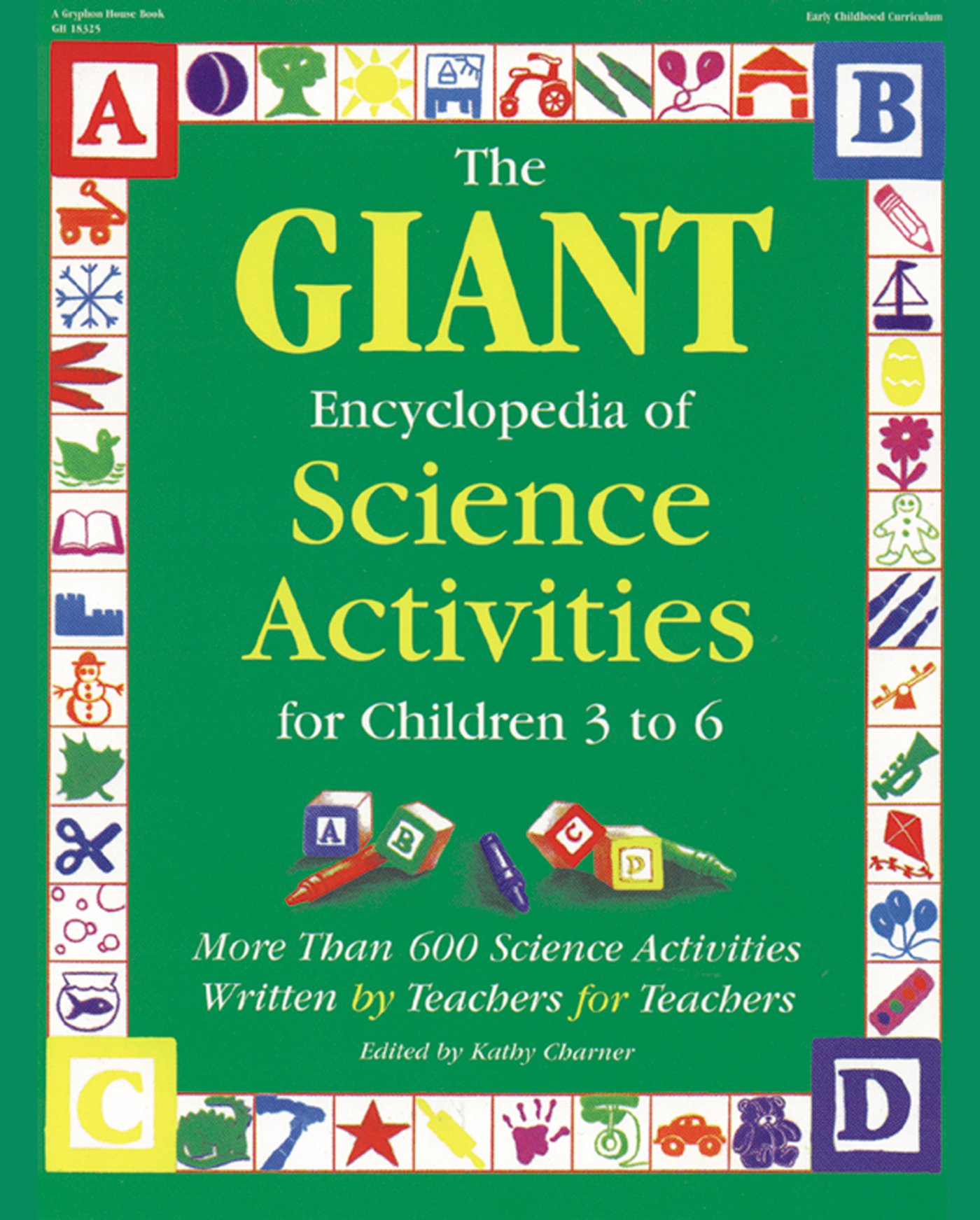Materials
Assorted seeds in packets Peanut butter jars, empty and washed
Paper towels Water
Chart paper Colored crayons or pencils
Instructions
1. Ask the children to bring in seed packets.
2. Open and compare the many shapes and sizes of the seeds, keeping track of which seed belongs with which packet.
3. Line the jars with paper towels, and wet the towels thoroughly.
4. Push two seeds of each type between the towel and the jar so they can be seen through the glass and stay in contact with the wet paper.
5. Make a chart with a row of 14 blocks for each seed type. Label each row with the name of the seed and a picture of the plant and seed.
6. Color in a block each day until a seed sprouts. When it sprouts, stop coloring blocks in that row. Which seed sprouted first? Last? Read the chart.More to doGames: Create seed puzzles by gluing the picture from a seed packet on one end of a 4" x 6" (10 cm x 15 cm) piece of poster board. On the other end glue the seeds. Cut each card in half with a distinct shape pattern to create a set of puzzles. Match up the seeds with their plants.Snack: Eat a seed snack. Try sunflower seeds, sesame seed and poppy seed crackers. * Bake poppy seed muffins.Related poemSay the following poem and perform the actions:Here is the seed, down in the ground, waiting here to grow (curl up in a ball on the floor)First comes the rain (reach arms up and wiggle fingers down to floor)Then comes the sun (reach arms up with hands in a circle)Then it can grow and grow. (slowly rise from the floor and spread out arms)
